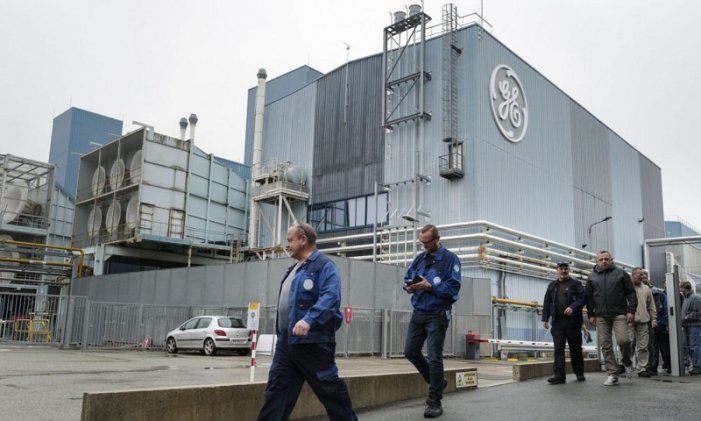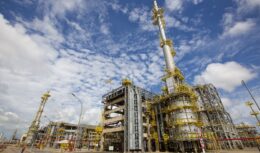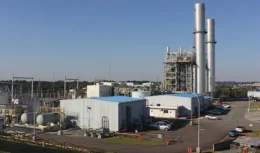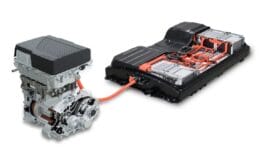
GE wants to focus on gas turbines for thermal power plants or steam turbines for nuclear power plants, as well as on renewable energy, since coal-fired power is an increasingly uncompetitive form of energy
The desire to focus more on renewable energy generation sources could lead to divestments, facility closures and job cuts at the multinational General Electric, if the decision not to build coal-fired thermoelectric plants materializes. Judgment of action against sale of Petrobras refineries is suspended by the STF
Read also
- More than 500 new jobs are open today (22/09) by JBS, the Brazilian company that surpassed the oil giant Petrobras in revenue
- HR agency in Rio de Janeiro calls for URGENT vacancies. 60 x 60 scale boarding
- More than 60 fundamental-level job openings in the role of Production Operator opened yesterday, in addition to other positions for medium, technical and higher levels at the manufacturer Colormaq
GE-General Electric informed the market yesterday (21/09) of the new decision. The multinational had already expressed its desire to focus less on fossil fuels and more on renewable energies, reflecting the growing acceptance of clean sources by electric companies.
According to Kathy Hipple, financial analyst at the Institute for Energy Economics and Financial Analysis, “GE's departure from building new coal-fired power plants – after decades as a leader in this field – is a recognition that the growth of the energy sector it will no longer be for coal.”
The company's new concept of focusing more on renewable energy generation sources makes GE's portfolio more focused on ESG (acronym in English for environmental, social and governance practices), since the coal and steam business is relatively equivalent to about US$ 1 billion of General Electric's annual revenue
The company wants to focus on gas turbines for thermal power stations or steam turbines for nuclear power stations, as well as on renewable energies. “As GE continues to transform, we are focusing on power generation businesses that offer a compelling business model and growth prospects,” said Russell Stokes, director of the industrial giant's power division.
Coal-fired power plants are a form of energy that is less and less competitive compared to alternatives such as gas and wind power. Coal consumption in the United States is at a 40-year low, according to the US Energy Information Agency.
Check out some amazing facts about the company that has been bringing “good things to life” since 1892:
- A GE turbine plane takes off every two seconds: The company has more than 36.000 jet engines in service around the world, and that number is expected to reach 46.000 by 2020, with more than 15.000 already on order
- GE Healthcare equipment generates 16.000 diagnoses every minute: The focus of many of the 3.000 software engineers in this area today is the fight against cancer and neurological diseases and GE's industrial internet solutions to connect and store in the cloud the medical data of 500.000 diagnostic imaging machines used around the world.
- It is leaving the home appliances segment: The low profit margins made the operation unprofitable, and the Chinese Haier ended up snapping it up for US$ 5,4 billion.
- Your technology generates one-third of the world's electricity: Your technology generates one-third of the world's electricity; with 25.000 wind turbines installed, it has become one of the largest suppliers in the world.
- Its products generate real-time data: Sensors are being built into all of GE's products, from wind turbines to locomotives to turbines and products for lighting solutions. These products inform in real time what is happening to them, sending temperature, pressure and vibration data, for example. This data automatically goes to advanced analysis tools, making it possible to predict when a machine will have a problem. In practice, this means increasing the useful life of an asset, reducing unscheduled downtime and minimizing operational risks.













Then the world doesn't know why they want...
Fabulous and memorable, iconic French cart.
I love old cars, my brother and I…
Krl is joking that they are going to launch…
In fact, Brazil needs at least…
Prejudice against the brand exists, however,…
Even the Indians in those regions fight for…
Is it a coincidence that the greatest riches…